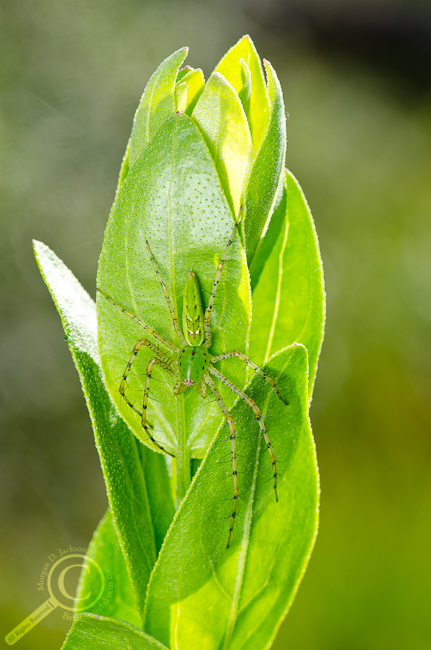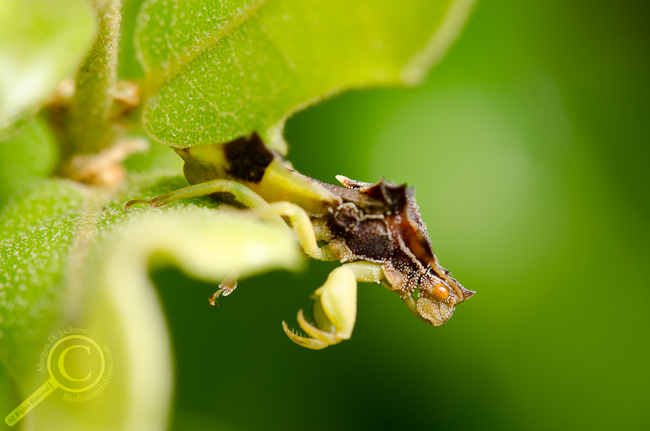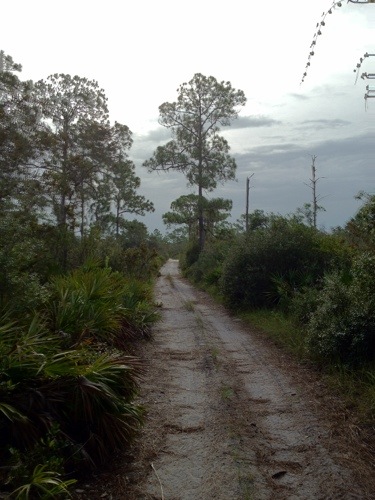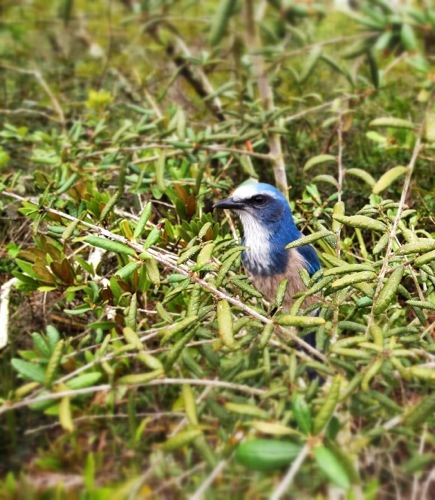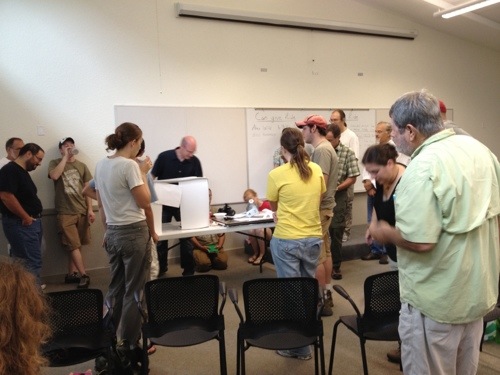Before I knew it, Sunday morning was upon us and we were down to our final morning of BugShot 2012, which started off great with a raffle for Wimberly gift certificates and plamps for 4 lucky participants (no luck for me unfortunately). The day’s events were cut short because of various travel plans and concerns involving tropical storm Isaac, but Alex, Thomas and John did a great job answering some questions submitted to the Big-Box-O-Questions (you can see them and the answers thanks to Crystal’s Storify of the morning) before moving onto a talk by John about Digital Asset Management.
John’s DAM talk detailed some best practices regarding photo management and workflow, from the moment you click the shutter button right through to sharing and archiving. John is a big fan of Lightroom (as am I) and went over some of the features available for importing and cataloging your photo collections. I’ve been keeping a redundant folder system to protect myself from database corruptions, but John placed all of his trust (and files) into the hands of Lightroom’s management. It made me think that perhaps it’s time I let down my guard and save myself some time by letting Lightroom do the file management on import, but with my luck I’ll end up with a massive system failure shortly after doing so!
There was a lot of audience participation as many people had questions about software or suggestions from their own workflow, so John wasn’t able to get through much of his talk. Apparently the instructors will be sending around their presentations for people to look over on their own time, so I’ll look forward to seeing more of John’s thoughts on keeping files safe and ready to go.
To finish the workshop off, Alex talked briefly about selling images and strategies for making a little money off your work. While he does belong to a photo stock agency, Alex currently sells more through his own gallery site and uses his blog to raise his profile. He also credits his early start in social media and online photo sharing for his success now. I’d certainly love to make a little money off of my work to cover new toys or trips, so I’m going to try and finally get around to setting up a gallery site of my own soon. If people can’t find my images, then they won’t know what their missing out on (or something equally confident…). I’ll file that in the “To Do relatively soon” list.
With that, BugShot 2012 officially came to a close, with participants grabbing a quick lunch before heading off for flights before Isaac hit (which it never really did). Because of my travel arrangements, I had originally hoped to stay an extra night at Archbold and visit the insect collection Monday morning, but the threat of a tropical storm/hurricane forced me to get back to Orlando for the night instead. Alex was kind enough to give myself and Guillaume Dury (a grad student at McGill University) a ride back to civilization, and I had a little extra time to pick his brain about insects, photography and academia, making the rainy trip go by in a flash.
We found an affordable hotel room near the airport, and met up with Crystal, who was stuck until the next day unexpectedly, and had a nice evening chatting about life, work and the grad student way. A relaxed wake up the following morning, an easy shuttle to the airport, and practically no lines at the airport, and it wasn’t long before I was back in the air and heading home. In Chicago I even managed to find a sweet hide-out with plenty of power outlets, which made my WiFi-less layover more bearable. Another smooth flight back to Kitchener and I was back home (although I still got pulled aside by customs, like usual). I have to give major props to American Airlines, because I don’t think I’ve had such uneventful and enjoyable flights like I did this time; I’ll certainly be flying with them again in the future!
So that brings my BugShot 2012 experience to a close. I had an absolutely awesome time, and picked up several tips and plenty of inspiration to work with over the coming year. I’m extremely grateful to the instructors for their hard work, openness and for providing me with a student fee waiver so I could be a part of a great workshop. If you’re interested in photographing insects, whether for work or for play, I can’t recommend BugShot highly enough. You’ll learn new things, meet interesting people, and gain valuable experience that will make you a better photographer. I’d certainly like to go back in the future, and I hope to see some of you there too!
I’ll be posting some my photos over the next several days, as well as discuss some of the photo gear that John demonstrated which I think could make an affordable lab set up. Stay tuned for more soon.
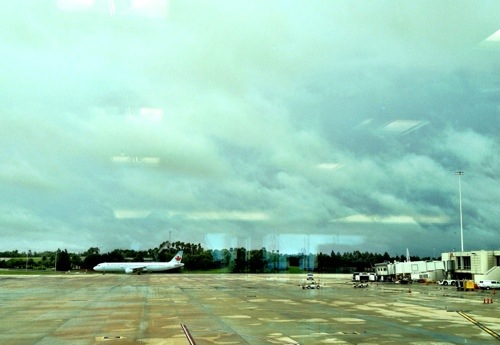
The fringe of Isaac

Hmmm, I’m not really believing this “Sunshine State” thing…
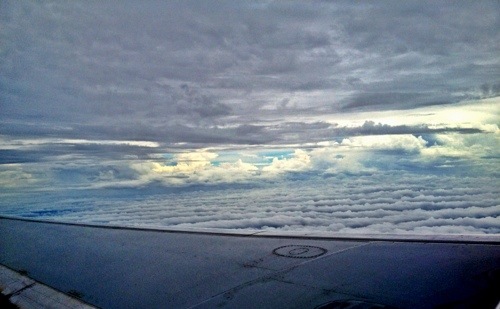
Headin’ home

